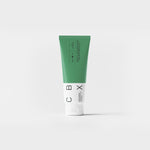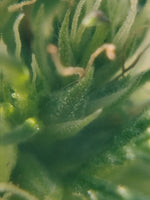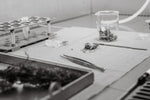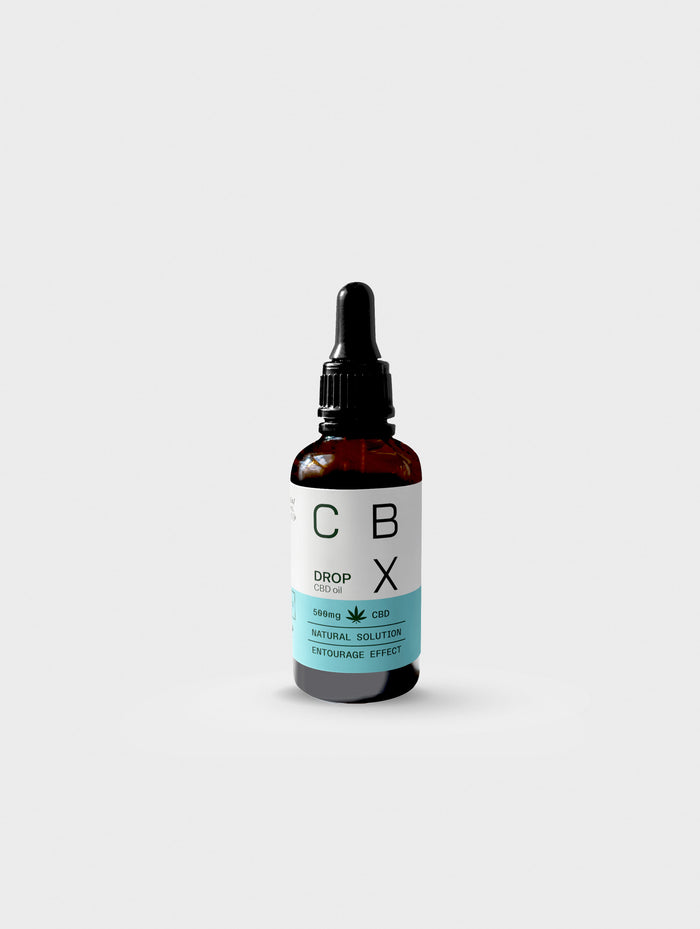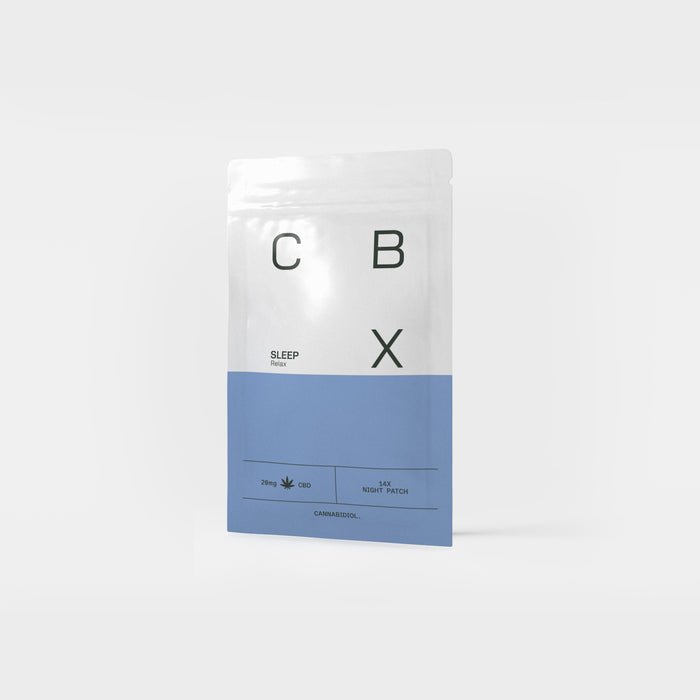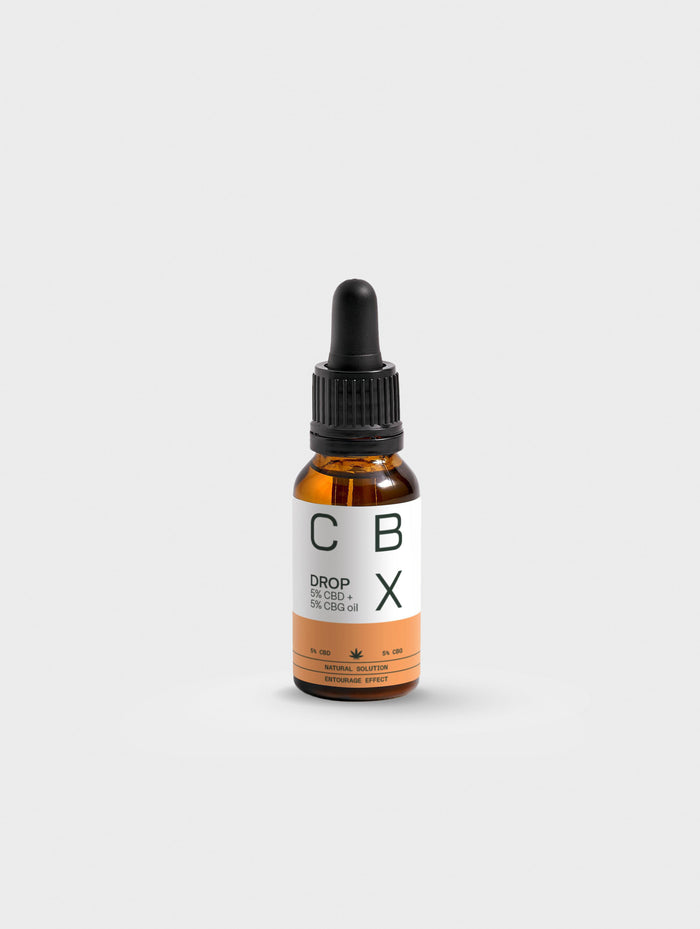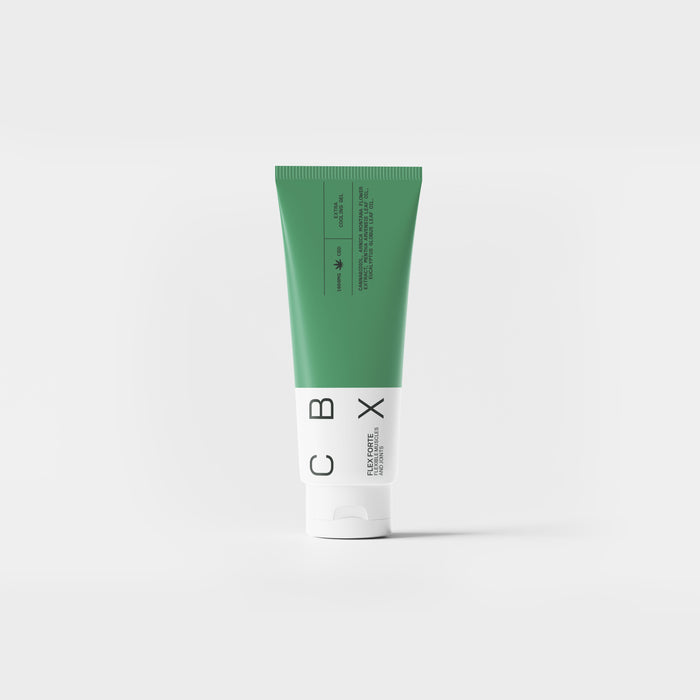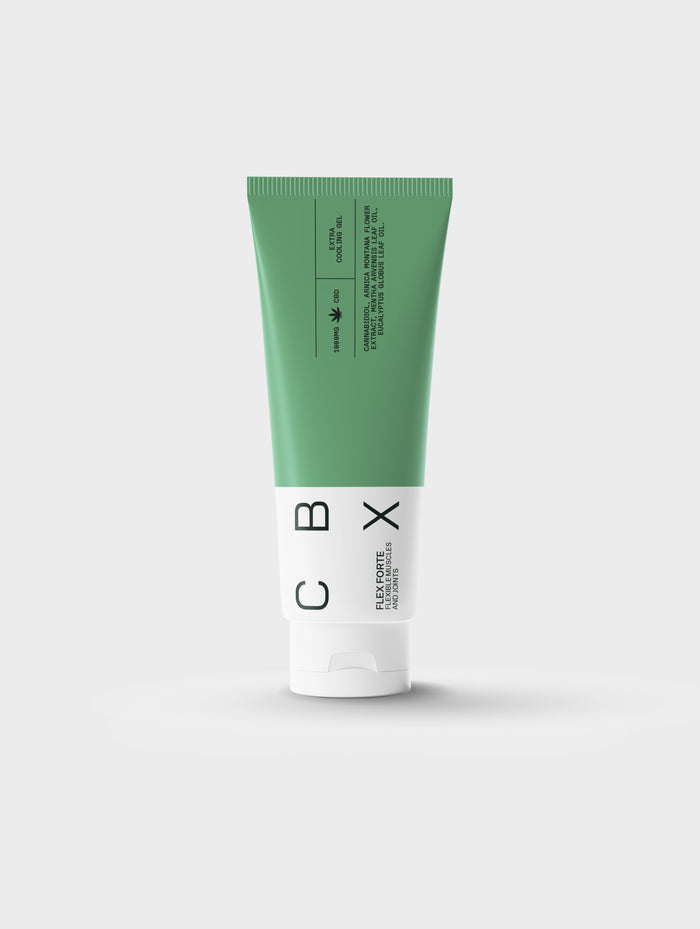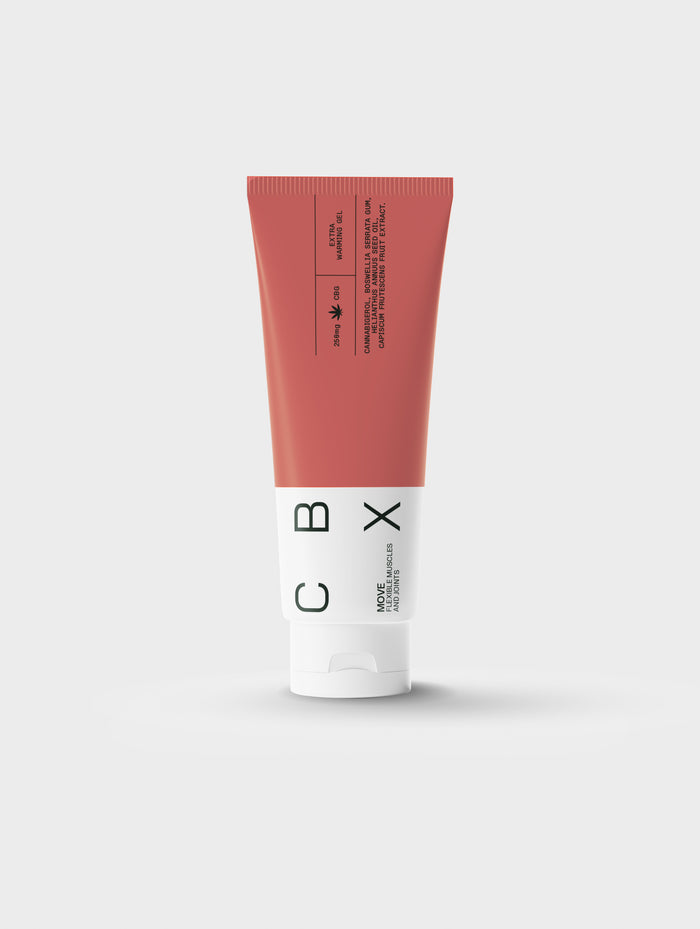Introduced in the 90s, patches have now invaded the market. In fact, more and more of these devices are finding their place on pharmacy shelves. It must be said that they can be used for many purposes. As part of smoking cessation, as a means of contraception, to improve sleep, to relieve pain or even for more beautiful skin. Let’s take stock to get to know the patches better.
What is a patch?
The patch is a device soaked in medical or non-medical active components. It is intended to be stuck to the skin. If the patch is "transdermal", the skin gradually absorbs the contents of the patch and then diffuses it into the blood vessels. The active ingredients in the patches thus follow the transcutaneous route. This process is also called TTS, from English Transdermal Therapeutic System.
Patches can be classified into 2 main categories:
- medical patches;
- cosmetic patches.
How does a patch work?
All patches are placed on the skin to treat the patient's problem. But depending on whether the device is medical or cosmetic, it may work differently.
The medical patch is the first type of patch widely available on the market. It contains therapeutic active ingredients such as anesthetics, painkillers, analgesics, antidepressants, anti-inflammatories, etc. These are medical components capable of crossing the transcutaneous route to arrive in the blood. As with any other medical principle, the active ingredients in the patches are distributed according to a very specific dose. This is in order to maintain their balanced concentration in the body as part of the treatment.
Beauty patches appeared much later; and it seems that they are experiencing a real explosion today. They contain purely cosmetic active ingredients which do not penetrate the entire body. These types of patches actually only act on the skin and target very specific areas and needs.
In short, medical patches act by diffusing their content into the blood via the skin while the active ingredients in cosmetic patches only act on the skin.
Why use a patch?
There is no shortage of good reasons to use a patch. Concerning medical patches, the main advantage of opting for these devices lies in the fact that they avoid the first pass hepatic effect. The latter constitutes the stage where a medication taken orally will pass through the stomach and the liver; and therefore be partially degraded. The rate of intact assets will then decrease, but this will vary from one individual to another. In addition, certain medications produce undesirable effects on the digestive system. With patches, this is not the case. Finally, these devices also remain interesting from the point of view of where there are patients who have difficulty tolerating capsules or who fear injections. The patch is completely painless, discreet and comfortable.
Medical patches are used for the following main cases.
- Soothe muscle pain.
- As a means of contraception.
- Relieve travel sickness.
- Improve sleep.
- Reduce inflammation.
- As part of smoking cessation.
As for a cosmetic patch, it constitutes a beauty solution that offers rapid results. This type of device has become a daily ally for many people who never forget to store them in their makeup bag. In fact, the cosmetic patch allows you to carry out an express beauty touch-up. This device is thus used for:
- rehydrate the skin;
- plump the lips;
- reduce dark circles;
- get rid of blackheads;
- eliminate excess sebum;
- prevent and/or reduce wrinkles.
What types of patches can you find in pharmacies?
A wide range of patches is available on the market. It is possible to obtain these devices with or without a prescription. In general, these are the ones most often found on pharmacy shelves.
The pain patch
Pain patches are intended for people who suffer from muscle and joint pain, such as:
- lumbago;
- osteoarthritis;
- a sprain ;
- body aches ;
- etc.
These pain relief devices are most often self-heating and anti-inflammatory. Once stuck to the skin, the patch acts after about fifteen minutes to provide relief to the person. Its action can last up to 8 hours in a row.
The hormonal patch
Like condoms and combined pills, the hormonal patch constitutes a means of contraception. According to studies, this method is 99.7% effective.
The hormonal patch is literally soaked in estrogen-progestogen hormones that the skin diffuses into the blood. A hormonal patch is to be stuck on the skin on the first day of your period. Then you have to replace it every week. The next period will arrive during the 4th week.
The scent patch
The odor patch is composed of anti-odor active ingredients. In general, they act on the skin without penetrating the blood. These types of patches are stuck under the armpits and under the feet to help the subject limit bad odors linked to perspiration.
Note that there are odorous patches whose main role is to act like a perfume or eau de toilette. They are found in cosmetic brands.
The nicotine patch
This type of patch is very popular with smokers who want to quit smoking. Quitting smoking overnight is a very difficult challenge, as the person will have difficulty fighting the nicotine craving. The nicotine patch provides a substitute for this molecule to the subject, and allows them to gently quit smoking. In other words, the transdermal patch provides the person with their nicotine needs without the harmful effects of cigarette inhalation on the body (lungs, blood, brain).
The slimming patch
People who wish to obtain a healthy weight can use slimming patches to modulate their figure. These types of patches contain active ingredients with slimming, appetite suppressant or even fat-burning properties which penetrate the body through the skin. They can be stuck to any part of the body, but certain slimming patches must be placed on well-targeted areas (stomach, legs, arms, hips) depending on their action.
The sleep patch
In order to help those who have poor sleep not to depend on sleeping pills which can have deleterious effects on the body, researchers have developed sleep patches. These devices contain active ingredients well recognized for improving sleep: orange flowers, lavender, lemon balm, etc. They are to be placed on acupuncture areas linked to sleep, such as: the right temple, the right foot or even on the right side of the neck.
